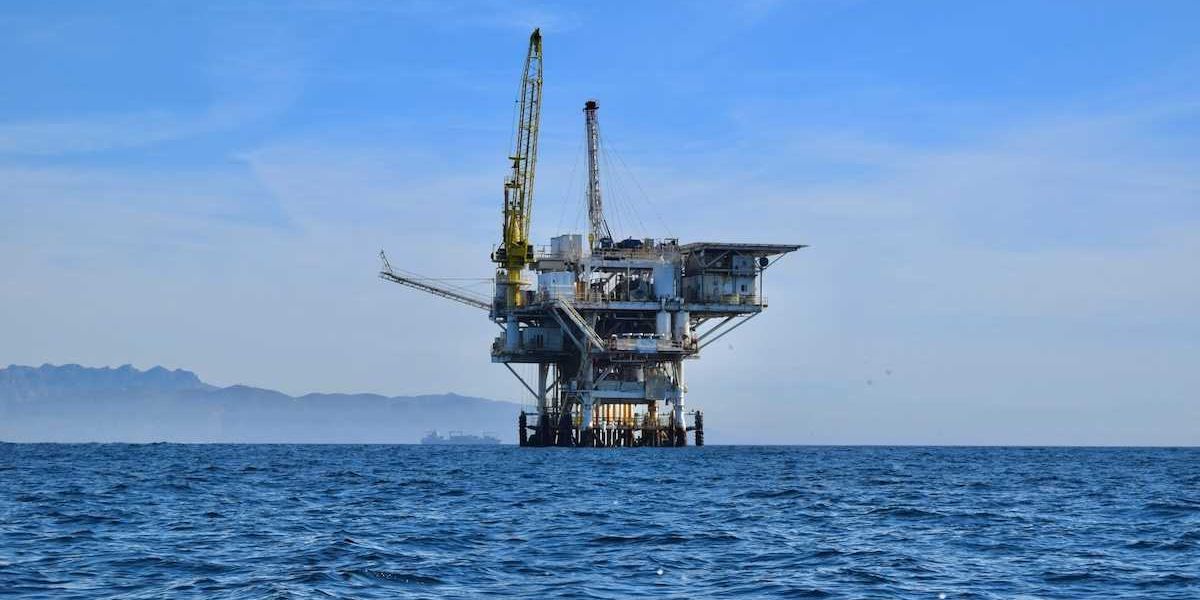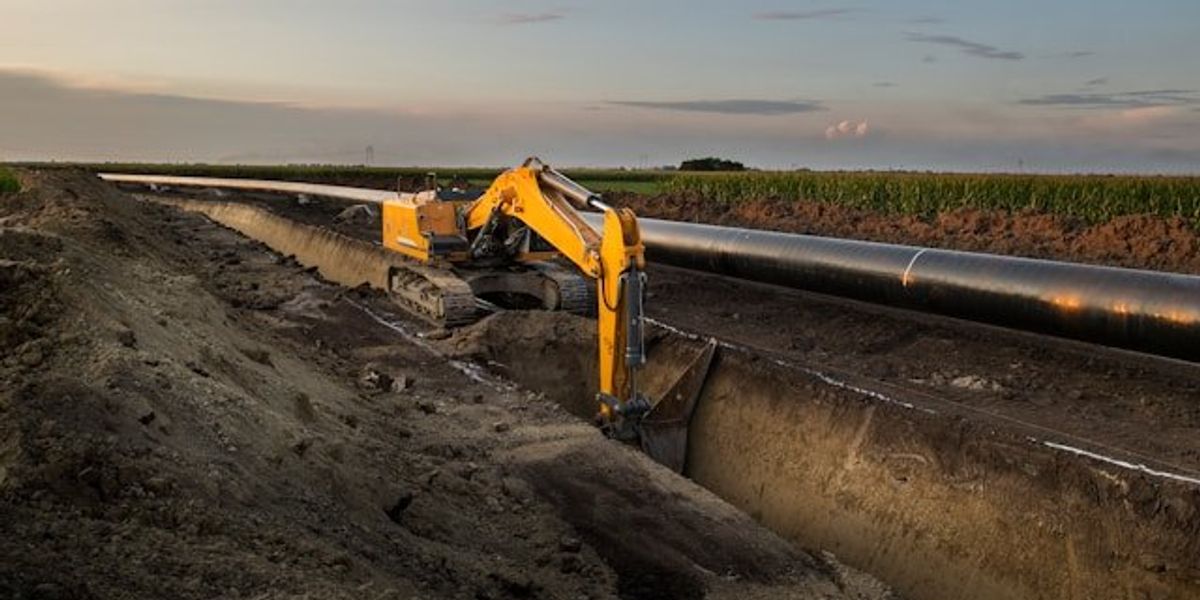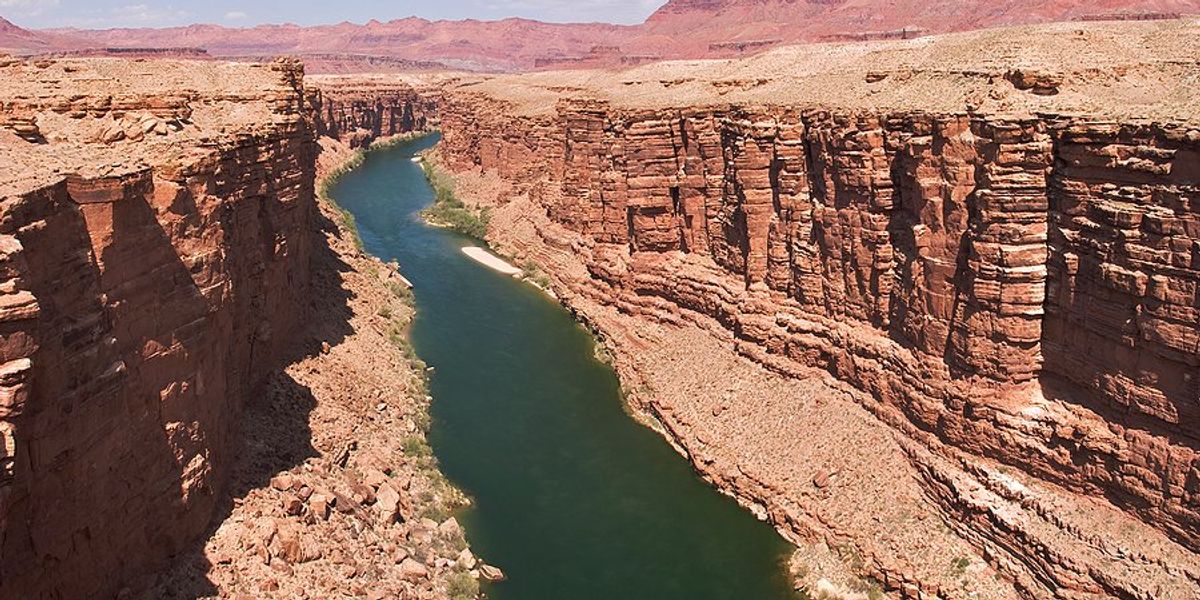Rebuilt coastal marshes may offer flood insurance savings to Alabama homeowners
A pilot project on Alabama’s Dauphin Island is testing whether natural shoreline restoration can reduce home flood insurance costs as climate change drives up storm damage and premiums.
Sydney Cromwell reports for Southern Science.
In short:
- Rising seas and repeated storms have made flood insurance in coastal Alabama expensive or unavailable, prompting interest in shoreline restoration as a defense.
- Dauphin Island's Graveline Bay project rebuilt 60 acres of coastal marsh using dredged sediment and native vegetation, aiming to slow floodwaters and protect homes.
- Researchers are now collecting data to determine if the restored marsh lowers flood risk enough to qualify nearby homeowners for insurance discounts.
Key quote:
“This is the first time, or one of the first times, that someone has tried to calculate these benefits and translate them into insurance savings.”
— Christina Mohrman, director of strategic planning and partnerships, Gulf of America Alliance
Why this matters:
As climate change intensifies storms and raises sea levels, flood-prone coastal communities face an insurance crisis. Premiums are climbing fast as insurers reassess risk, leaving many residents unable to afford or access coverage. Dauphin Island, a barrier island repeatedly battered by hurricanes, has seen over 800 homes file multiple claims for flood damage. Restoring coastal ecosystems like marshes and dunes offers a natural buffer, reducing storm surge and wave damage. These habitats absorb water like sponges and recover quickly after floods. While they’ve long been valued for protecting wildlife and coastlines, this project attempts to show they can also save homeowners money.
Related: Saving vital marshlands along Intracoastal Waterway













